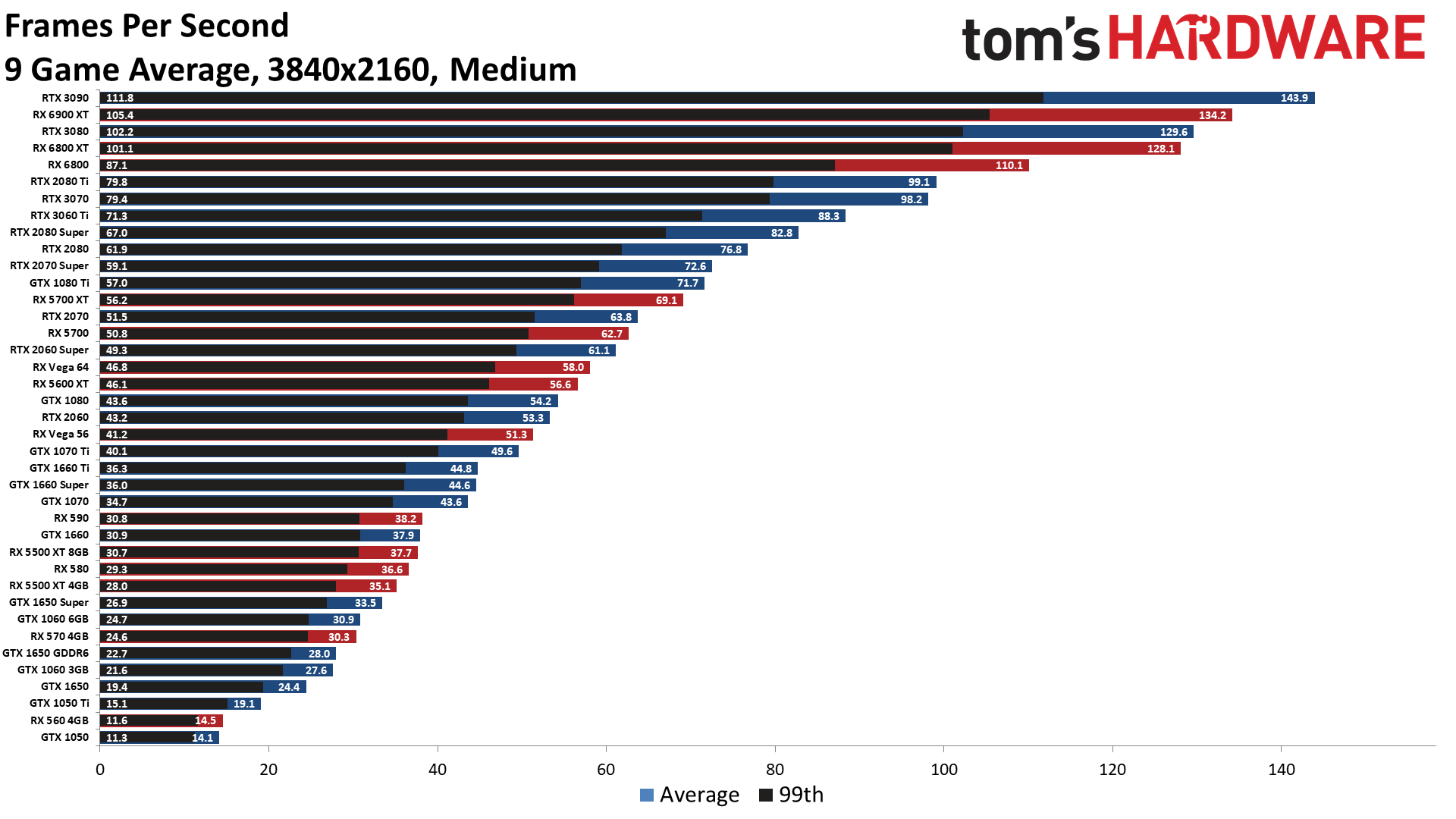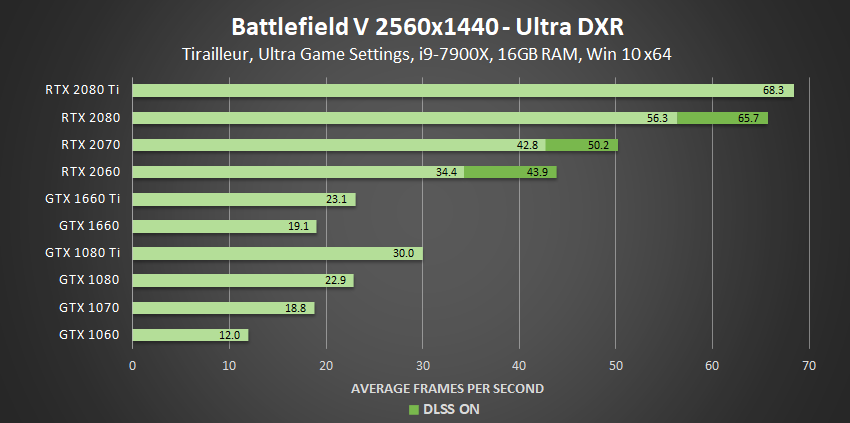
Costįinally, and potentially most importantly, is the cost of these small form cards. This is especially good when you’re looking at building a small, inconspicuous build – as most of the time, smaller form cases don’t accommodate very good soundproofing. However, some of the entry-level, budget offerings actually come with passive heatsinks for their cooling requirements and consequently make no noise whatsoever. This being said, it’s certainly an area that we feel the low-profile graphics card excels in.ĭue to the stripped-back, almost raw appearance of the LP GPU, most of them come with one solitary fan for their cooling needs. Noise output may or may not be something that concerns you when looking at purchasing hardware. Saving your power supply Watts is sent to different components thanks to their low power consumption. In most cases, the LP GPU won’t physically draw any power from the power supply but will get enough wattage directly from the PCI-e 16x slot it’s plugged into.
NVIDIA GRAPHICS CARDS COMPARISON LIST PLUS
Power consumption is another big plus for low-profile graphics cards as they can run on much lower wattages than regular-sized GPUs. Where they will usually take up only a single slot PCI express lane.
NVIDIA GRAPHICS CARDS COMPARISON LIST PC
Ultimately, a low-profile graphics card won’t be everyone’s first choice, but they certainly have a part to play in the PC world. This being said, in some cases, they might be your only option, especially if you have a really small case. They typically come with subtle cooling systems that offer average levels of cooling, meaning they aren’t ideal for excess overclocking. However, you won’t have this problem with a low-profile graphics card.Īn LP GPU is a stripped-back, half-height (usually) graphics card, which is custom-designed to fit in much thinner cases. As many will know, the top GPUs in today’s market are seriously hefty pieces of kit that take up a large amount of space thanks to their impressive heatsink and thermal designs. Low profile, in the graphics card universe, usually refers to the overall height of the GPU itself. Ultimately, this is the number one reason why someone might consider LP GPUs as a real hardware option. The first and most obvious area which needs to be addressed when referencing low-profile graphics cards is their size. Well, below, we’ve outlined some of the main benefits of purchasing a small form factor product. There will be plenty of people reading this right now, scratching their heads in confusion, wondering why they would ever choose a low-profile GPU. However, thanks to our team of hardworking PC enthusiasts, we have the most up-to-date hardware options the internet has to offer. Like any hardware component, choosing the best low-profile graphics card can sometimes be tricky – and let’s face it – a pretty stressful task. Which will ultimately take the top spot? Keep reading to find out everything you need to know about LP GPUs. Both AMD and Nvidia feature in this best of guide, bringing their flagship low-profile offerings to the table. So we go through a list of the best low-profile cards currently available to the consumer public. It’s not just top-tier GPUs that get all the attention – consumers now have the option to purchase a half-size GPU with all the punching power required to play AAA games titles with a decent FPS output. This makes the low-profile graphics card not only versatile but space-saving as well.Įven though we don’t necessarily class the low-profile graphics card as a premium hardware offering, it’s still seen its fair share of technological advancements. But the main reason, ultimately, is their ability to fit into literally any case.


There are many reasons why you might want to consider the best low-profile graphics card for your present or future build.


 0 kommentar(er)
0 kommentar(er)
